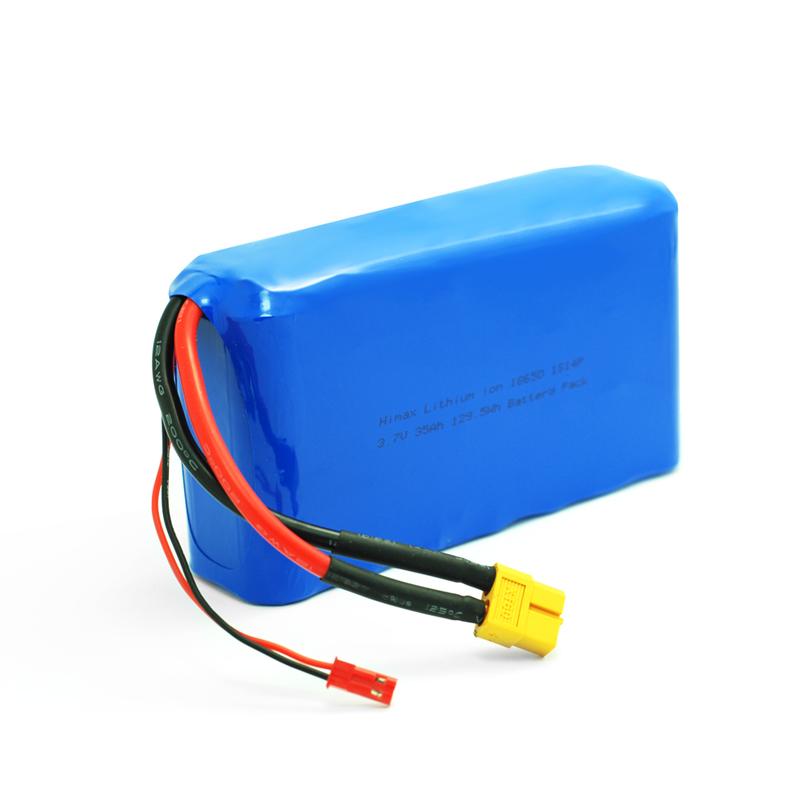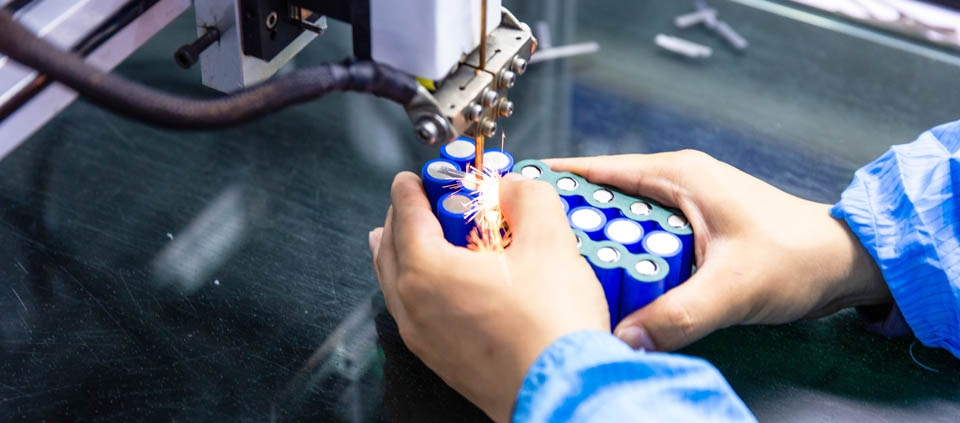Solid-state batteries are popular again? Introduction to the differences between solid-state batteries and lithium-ion batteries
A solid-state battery is a battery that uses solid electrodes and solid electrolytes. Solid-state batteries generally have lower power density and higher energy density. Because solid-state batteries have a relatively high power-to-weight ratio, they are an ideal battery for electric vehicles. What is the difference between solid-state batteries and lithium ion battery?
The main difference between solid-state batteries and lithium ion battery is the electrolyte. The electrolyte of lithium ions is liquid and exists in the form of gels and polymers, making it difficult to reduce the weight of the battery. In addition, a single lithium ion battery cell does not have high energy, so multiple battery cells must be connected in series and parallel, further increasing the weight. The cost of engineering, manufacturing and installing the battery pack accounts for a large proportion of the overall cost of an electric vehicle.
In addition to weight issues, the electrolyte of lithium-ion batteries is flammable, unstable at high temperatures, and has thermal runaway problems. In the event of a car accident, a serious fire may result. The electrolytes of the batteries also tend to freeze at low temperatures, which will reduce the battery life. In addition, the electrolyte will corrode the internal components of the battery, and the charging and discharging process will also produce dendrites, reducing the battery’s capacity, performance and lifespan.

Instead of a liquid electrolyte inside a solid-state battery, there is a solid electrolyte in the form of glass, ceramic, or other materials. The overall structure of solid-state batteries is similar to traditional lithium-ion batteries, and the charging and discharging methods are also similar. However, because there is no liquid, the battery is more compact inside, smaller in size, and has increased energy density.
If the lithium-ion battery in an electric vehicle is replaced by a solid-state battery of the same size, the capacity can theoretically be increased by more than 2 times.
Moreover, solid-state lithium batteries are lighter in weight and do not require the monitoring, cooling and insulation systems of lithium-ion batteries. The chassis can free up more space for batteries, greatly increasing the endurance of electric vehicles.
In addition, solid-state batteries charge faster than lithium-ion batteries, have no corrosive problems, and have a longer life. Regarding the operating temperature, solid-state batteries are thermally stable and will not freeze at low temperatures. For users living in mid-to-high latitudes, this can ensure the endurance of electric vehicles.
The technical problem currently encountered by solid-state batteries is that the durability of the batteries is insufficient. Because the battery will repeatedly expand and contract during charging and discharging, causing the solid electrolyte to crack and causing the battery to have a short life.
Overall, solid-state battery technology is still in the transition stage from mature technology to industrialization, and it still needs lower material prices, process improvements, and a more stable supply chain system. The advancement of solid-state battery technology will be a gradual process. At present, lithium batteries will still be the mainstream batteries in va



